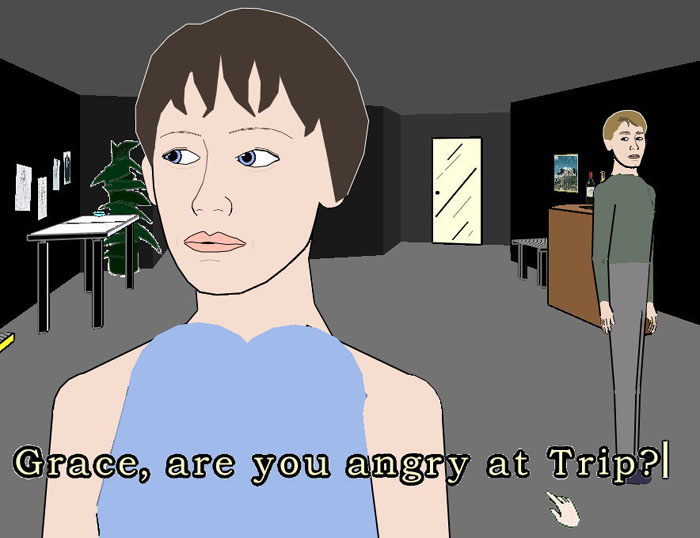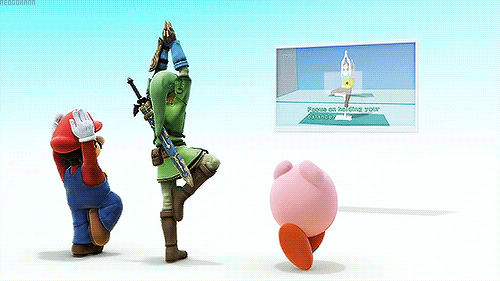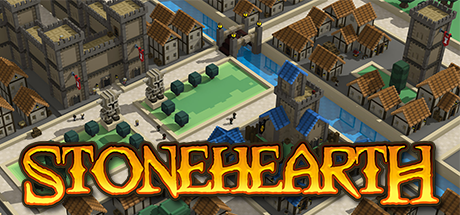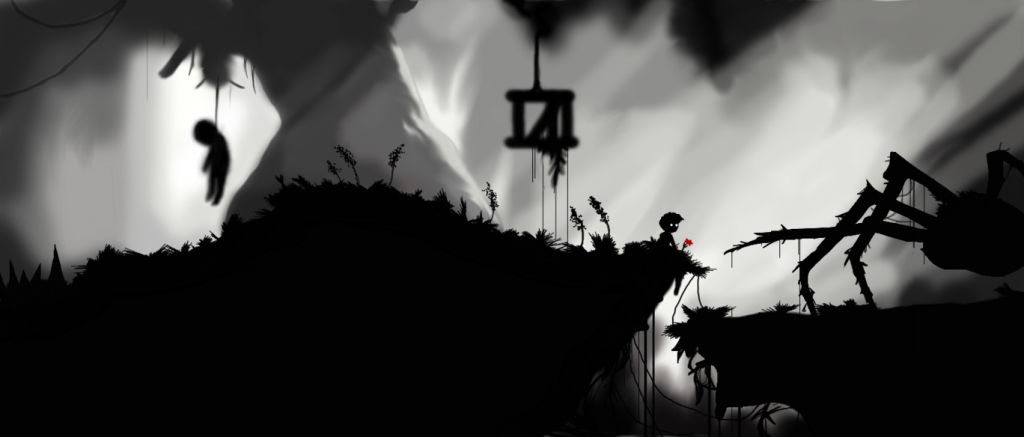The good and the bad
Researching and communicating my ideas has helped me to expand my thinking beyond the small pops on inspiration in my mind. Rather than just a thought, I have had to explain my thoughts and feelings in detail, fitting to the length of a blog post. I have also thought about how my writing can be interesting to the reader. Some of the question pairs made me think creatively about how to express my research, and I visualised dieter rams 10 principles of good design which is still very memorable to me because of that.
I enjoyed coming to these presentations as it woke me up and inspired me for the rest of the day. I would say that the history of indie was my favourite presentation. It was colourful, it had multiple videos and it had a nice timeline which I was able to jot down for reference in the future. There was also lots of researchable slides containing artists and developers that I could look at later on.
I feel like I could have used the sources in a more viable way rather than just aiming to get the blog posts complete. I have a short memory but want to re-visit some of these ideas somewhere that is accessible and organised. My time management of this module could have been better as I had to post some blogs before the hand in, so I feel like I didn’t spend as much time on them as I probably should have. I also enjoyed the blogs more when I was taking the time to research different parts and explain thoroughly.
“Every duty that is bidden to wait comes back with seven fresh duties at it’s back” – Charles Kingsly
What I learnt
This module has taken my research down avenues I have not thought to explore when working on projects, Specifically taking my target audience’s thoughts and understanding into consideration. I have learnt that using interactive ideas can really help me to engage my audience in new ways. I have also learnt different ways to remember information, as I am a visual learner. Also, on the other side of the module I have learnt how a presentation can be interesting and keep an audiences attention.
Throughout my previous projects I have not researched and explored as many avenues as I would like to and I think this module has definitely opened my mind to different areas, as well as teaching me the basics in game design, design in general and technology.I will definitely be looking back at some of this research for future game design projects.
Suggestions for future:
In the future I will make a separate document on the slides noting the information that is not written so I can look for it again in the future. I should also be using the time allocated after these lectures to create a portfolio of research I can access at any time.






 Horse master: The game of horse mastery by Tom McHenry
Horse master: The game of horse mastery by Tom McHenry

